Comparing the Shanny SN600N to the Yungnuo YN568 EX, YN560 and Nikon SB700
Recently I dropped one of my Flashes, well I dropped the camera it was attached to onto the flash. So now one flash down I thought it might be time to look to get a new flash. This was also an excellent opportunity to look at a rather unknown flash that has been hiding in the shadows for a bit.
I have for a long time swapped between my Nikon Flashes and Yungnuo’s and overall I have been happy. Although in recent times the Yungnuo’s have having a few quality issues.
Firstly I do like to have a few cheaper flashes in use, since I do not stress to much if a cheaper flash dies due to a mishap or misfortune. My main criteria are really predictable light output and reliability.
This logic is also why I have stuck with the Nikon SB-700’s since they really reliable and dependable. The Nikon SB-900 is well known for it’s overheating problems and the SB-910 is quite expensive to leave on a light-stand on a windy day, especially when a cheaper flash can and will do the job as well.
To date one of my oldest flashes is a Yungnuo 560 MK1, I have had this flash for years and it has simply kept going and working without question.
Very often I see the comments about how the cheaper brands are less reliable and prone to failure. Honestly if you pay attention to what you buying you have an excellent chance that your flash will last a very long time. As I have mentioned the Yungnuo 560 MK1 has lasted me years and still going strong.
So now enter the Shanny SN600N, a new flash built into a flash body that resembles the Canon 600EX and is available for both Nikon and Canon.
A flash with a full set of features at a very reasonable price.
To simplify the comparison I created the list below to give all the basic information you might want to know when comparing the 4 flashes I am using in the comparison.
Key Comparison Features:
The first impression is that the Largest flash is the Shanny SN600N is the biggest, with the YungNuo 568EX a little bit smaller. The smallest is the SB700. Ignore the green tape on the YN560, I put the tape on the flash years ago to make it more visible and have never bother removing it. In fact I recently bought some reflective tape to put onto all my other flashes.
Build quality and general Feel :
All four flashes have a good fill to them with no bending or flexing, and when put under pressure I did not nice any movement or tell tale noise that may imply a weak build.
Of all four the best quality is, as expected, the SB700 with the Shanny and YN560 coming in second and third. The 568EX seem to have the weakest build quality only by a small margin.
DISPLAY (LED) and Controls:
All four flashes work in very different ways so a there is no way to do a clear direct comparison. The easiest has to be the YN560, simply because it has very few options.
Of the 3 with proper displays I find them all quite easy to understand, with the power, zoom and Modes displayed.
The Nikon However does have the edge since it displays a lot more information than the other two, including flash temperature ( to avoid overheating ) gauge.
When comparing the Shanny SN600N and the YungNuo 568EX directly I want to give the points to the Shanny. With the display being slightly larger and the information fairly clearly laid out it does stumble with the power number taking a little longer to read due to the way it is presented. The Yungnuo 568EX shows the power clearly so for simple and clear display the Yungnuo.
In terms of use it can again vary.
The YN560 MKI being a simply creature to control and setup, since it is a very basic tool .
Now the Nikon SB700 has a lot of options moved to buttons and sliders around the display, which can make things quite quick and is the reason it is one of my favourite flashes.
Now the YungNuo 568EX is a little mess complicated than the SB700 and so has need for fewer buttons. They have also doubled up quite a lot of functionality and as a result you can not hand this off to someone unfamiliar with it and expect them to know how to navigate into and around slave mode for example. Once you are familiar with the workings it is fairly easy and straigh forward.
The Shanny wins here in regards to controls. I had this flashes controls worked out within a few minutes and did not have to refer to the manual once. This is probably due in part to me knowing the general working of a flash, but it still works in the Shanny’s favour. The controls are clearly marked on the display, so as you change modes the display will change to show how the buttons function has changed. This is a really nice and convenient function and removes a lot of hassle from the equation.
Power Source :
All the flashes rely on 4 AA batteries although the Shanny SN600N and YungNuo 560 MKI do have external charge interfaces.
Power Output and Spread
I did put the official GN numbers into the list, although here the numbers are again :
Shanny SN600N 60 at 200mm with ISO 100
YungNuo YN568EX 58 as 105mm with ISO 100
YungNuo 560MKI 39 at 35mm with ISO 100
Nikon SB700 28 at 35mm with ISO 100
How this related to real life is best shown in the next part where I show spread .
All flashes were set to manual, zoom set to 24mm and power at full. The distance from the wall was 2 metres.
Flash set to 24 mm at Full power
At 105 the spread is diminished and you really get to see the flash hotspots.
The Nikon SB700 shows the stripe spread it is known for. That said it still gives the widest spread with the weakest hotspot. The Shanny definitely has a hot spot, although it does have the second widest spread.
The two Yungnuos both give a very similar spread with the 560 MKI having the weakest hotspot.
The Shanny SN600N does have a 20mm spread and a 200mm zoom. The 20 mm spread is virtually identical to the 24mm spread while the 200mm zoom is a little smaller than the 105mm spread
Recycle Time.
In the listing I provided I did put the recycle times I got from testing.
However a simple recycle is not always the best test of recycling time. I like to break recycle times down into three groupings.
Basic recycle time : the time a recycle time takes with ample time to recharge and at least a few seconds between firing
Quick recycle time : the time a recycle time takes with a maximum of 2 seconds from the time the recharge light shows the flash is ready and firing.
Rapid recycle time : the time a recycle time takes with no time between the time the recharge light shows the flash is ready and firing.
The Basic recycle times :
SHANNY SN600N – 2 Seconds
YUNGNUO YN568 EX – 2-5 Seconds
YUNGNUO YN560 MKI – 2 Seconds
NIKON SB700 – 3 Seconds
The fastest is the YN560 MKI which consistently recharges in 2 seconds on full power every-time. Now the Nikon SB700 is slower at 3 seconds, however it is consistent and charges it at 3 seconds everytime. Now the Shanny is pretty good at charging within 2 seconds, however on occasion it would take around 2.5 seconds, this could be batteries getting low though.
The YUNGNUO YN568 EX is the slowest of the lot with recharge time also being somewhat erratic and constantly varying between 2 and 5 seconds. I did find mine cycling in around 4 seconds on average.
Rapid recycle time :
SHANNY SN600N – 3 Seconds
YUNGNUO YN568 EX – 3-5 Seconds
YUNGNUO YN560 MKI – 2 Seconds
NIKON SB700 – 3 Seconds
This test I saw very little difference in times the Nikon SB700 was very consistent at 3 seconds , and I fired twice as many with this flash to see if I could get it to budge. The Shanny SN600N did slow down to a 3 second recharge, but stayed there even as I added a few extra shots to be sure.
The YUNGNUO’s both had there own issues. The Yungnuo YN560 MKI was consistent at 2 seconds but did tend to overheat ( alternating red and green recharge light ) where the other flashes did not. The Yungnuo YN568 EX simply took long to recharge vary a big variance of anything form 2 to 5 seconds.
What is extras are included:
Nikon SB 700:
- a soft padded case (a square one)
- a diffuser dome
- an incandescent filter,
- a fluorescence filter,
- and a speedlight Stand
SHANNY SN600N:
- a speedlight Stand
YUNGNUO YN568 EX:
- A soft padded pouch
- and a speedlight Stand
YUNGNUO YN560 MKI :
- A soft storage bag
- and a speedlight Stand
The Shanny is the lightest on extras with it not even including a storage bag or pouch. That said I did pick up a nice pouch online for a few Pounds. The Yungnuo’s came with a pouch and while not significant it is nice to have a pouch you can shove it into when you finished. The Nikon has a quite a lot extra. The extra filters and be replaced with gels if you need to but it is nice having kit handy without having to fiddle with gels.
Support and Aftercare
When it comes to warranties and Support the Nikon wins hands down, there is comparison and I do not think anyone even wondered about that. From what I have heard the Shanny and Yungnuo companies support can be erratic. The price you paying for the 3rd party Flashes support is one of the things that gets left behind, so you really need to understand that when your product fails you may be left waiting a while before it gets fixed. The chances are it will be quicker and easier to simply buy another 3rd party and keep going, chances are you still running cheaper.
Individual Overview:
SHANNY SN600N
This particular flash has a lot of functionality built into its shell and has a fair amount of power in the flash, the fact that the flash can be extended to 200mm really is nice since the other flashes come no where near, with the Nikon coming closest at 120mm.
The shotshoe clamp uses the type found on the Canon Speedlights and with a simply half turn you have locked the SHANNY SN600N down. The only other speedlight that has this feature is the far more expensive NIKON SB700.
There is no back end menu with the SHANNY so what you see up front is what you get, and that does mean there is no beep to tell you when it is charged. This honestly does not bother me, but it may be important to someone out there.
Another feature that the SHANNY has that only the NIKON uses is a lock on the flash head, the SHANNY locks when the head it down (90degrees) and at vertical ( 180 degrees ). The NIKON only locks in the down position. This can be really useful if you have something one the head that might cause the head to drop , for instance a Gary Fong lightsphere .
Unlike the Nikon though the lock mechanism only works on moving the flash head up and down not on rotation.
The SHANNY has a full 180 degree rotation, although it does have a somewhat stiff movement but clean.
YUNGNUO YN568 EX
This is a really nice flash and for different reasons, the menu system uses big numbers and does not show any extra information, this means there is no confusion when you look at the menu. The lack of a lock means quick movement both up and down and on the roation. However anything on the head will cause the head to move into the down position.
The YUNGNUO YN568 EX is also the more expensive option of the two . The locking mechanism on the YUNGNUO to lock the speedlight to the hotshoe is the more traditional screw system and in all fairness it can be a bit frustrating to unscrew in a hurry.
Opinion:
Firstly this is a very broad comparison, although I hope it helps to give a fair idea of what the flashes will do and what you can begin to expect. Now in regards to my opinion, well I really like the Nikon, it is a solid and reliable piece of equipment although the price tag is much more than the rest.
If I look at the Shanny SN600N I have to admit it was more than I expected and has been a good useful device, it is not perfect and does have its flaws , however as a general flash used on camera or off camera it a pretty good flash. In fact if you using this flash off camera it is an excellent flash.
The Yungnuo YN568 EX is a really nice a robust flash and will keep on going, it works well as an on camera and off camera flash and ticks so many of the boxes, it is however let down by the slow cycle refresh.

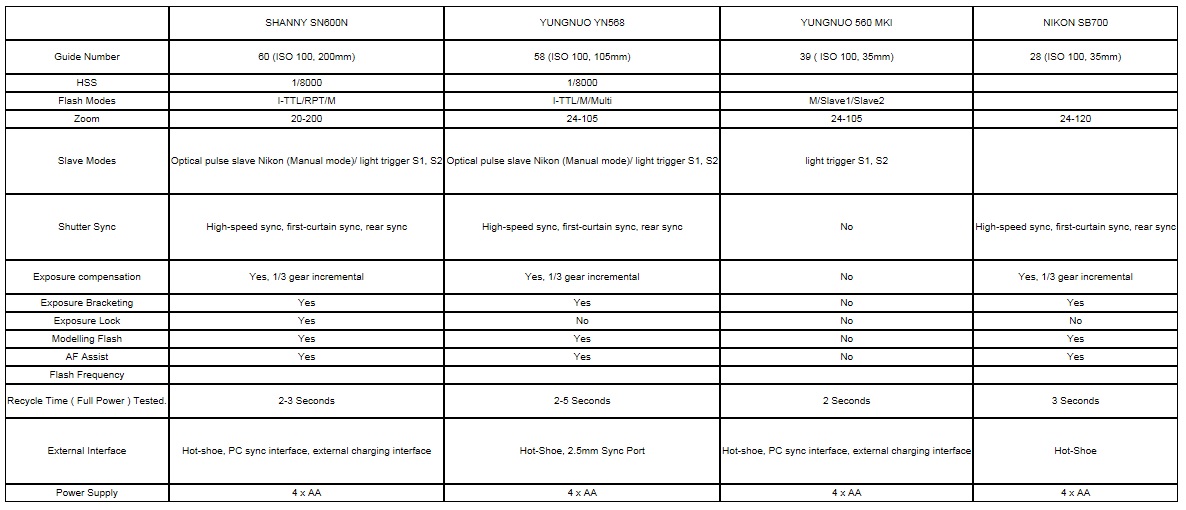
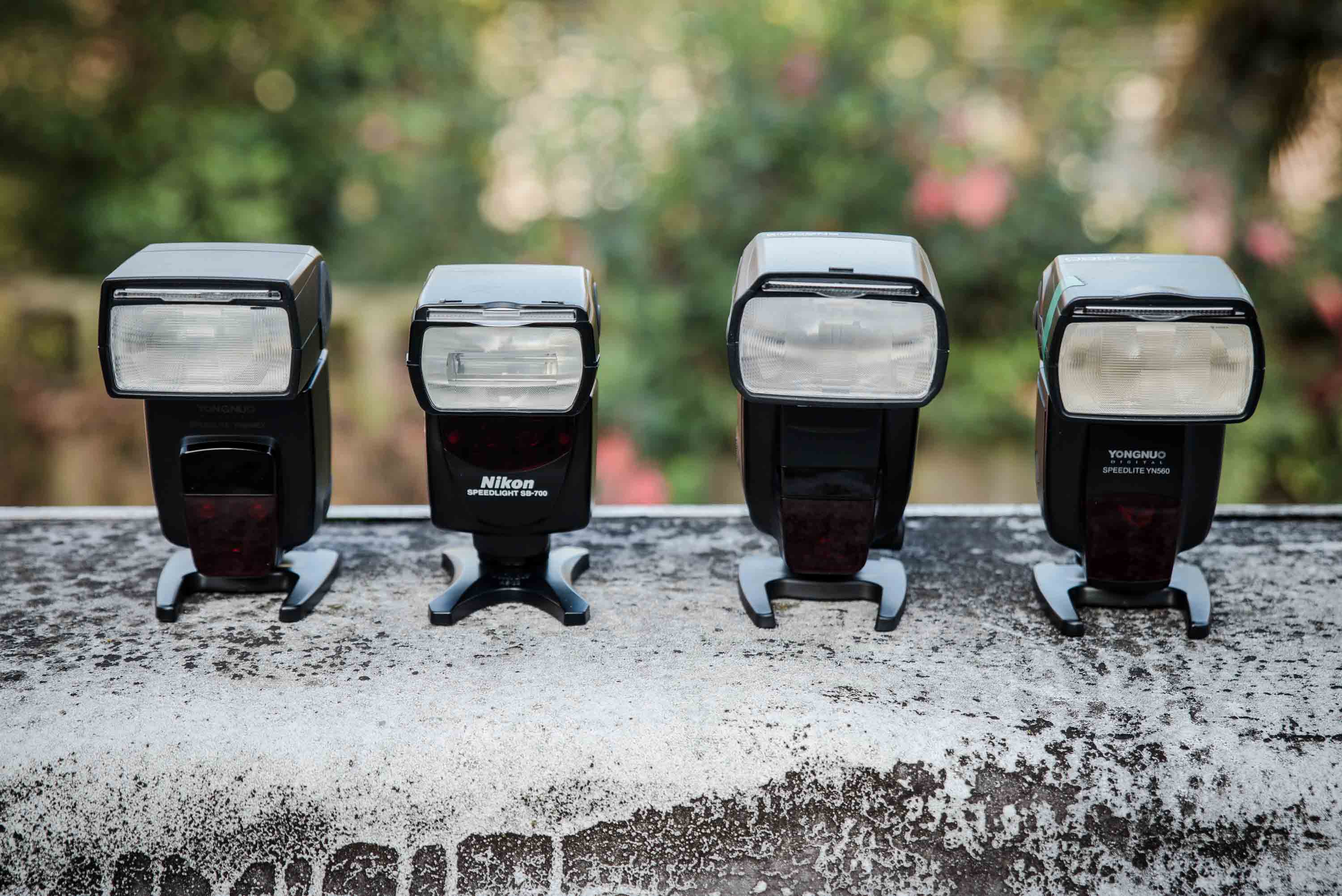
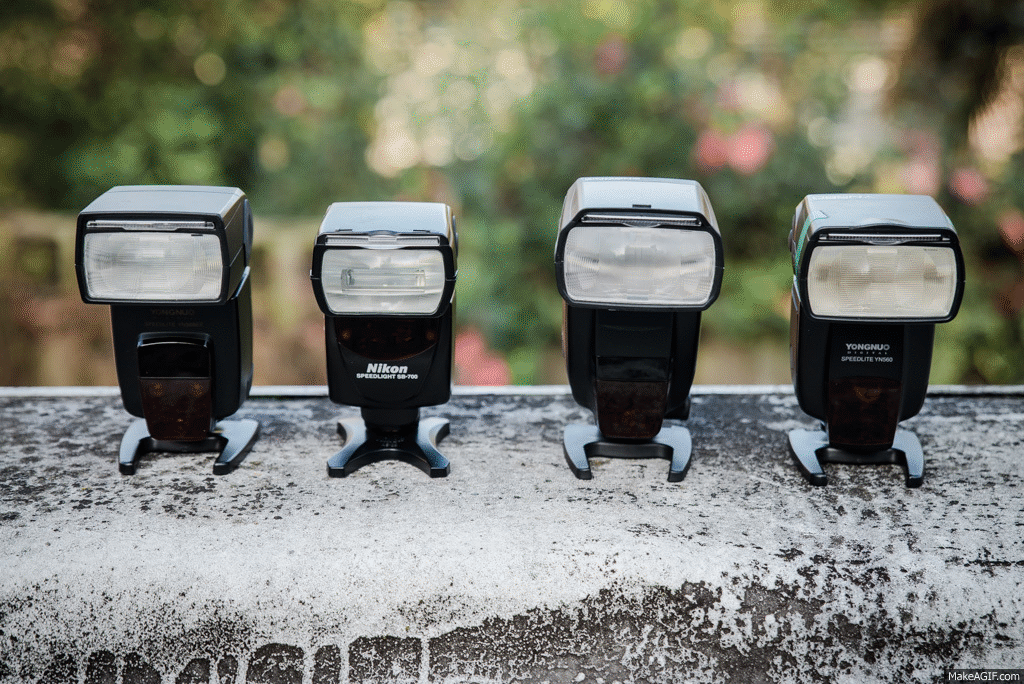
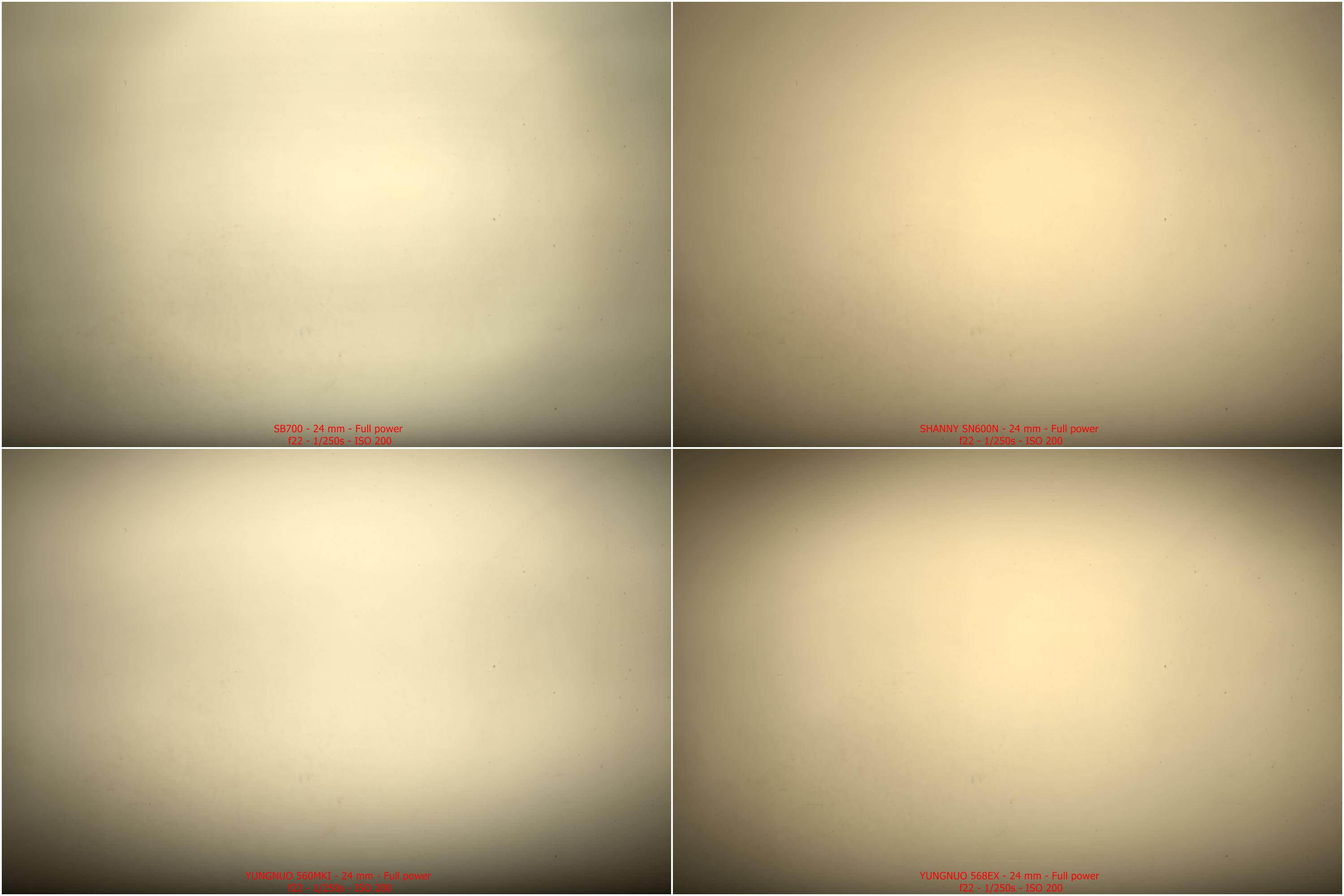
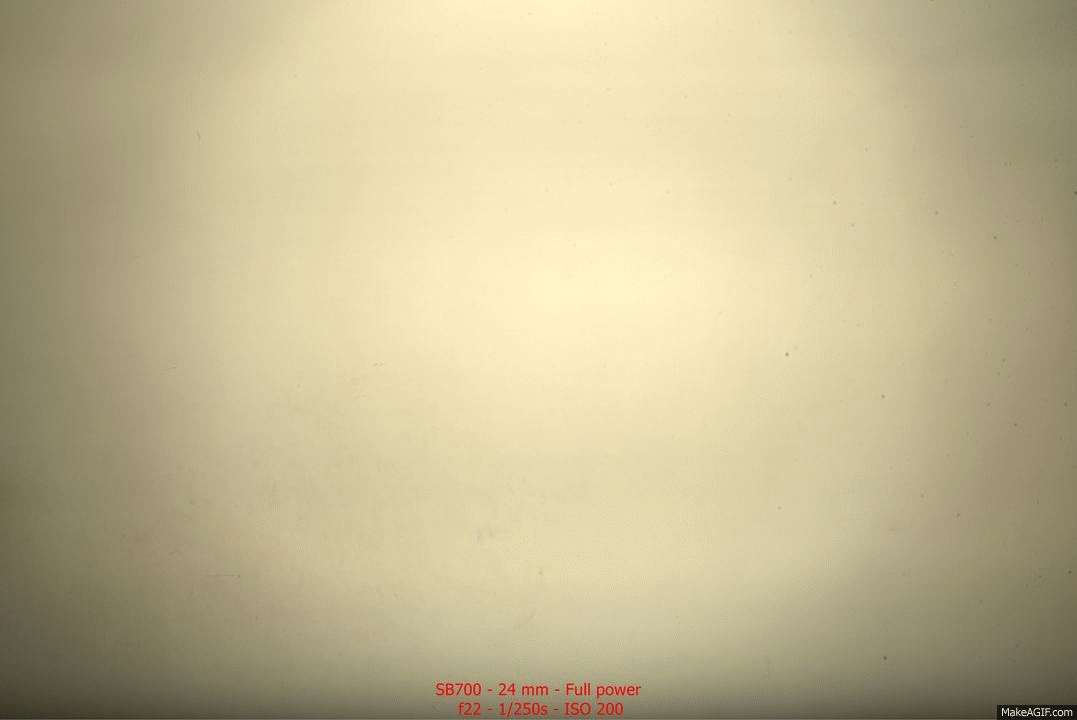
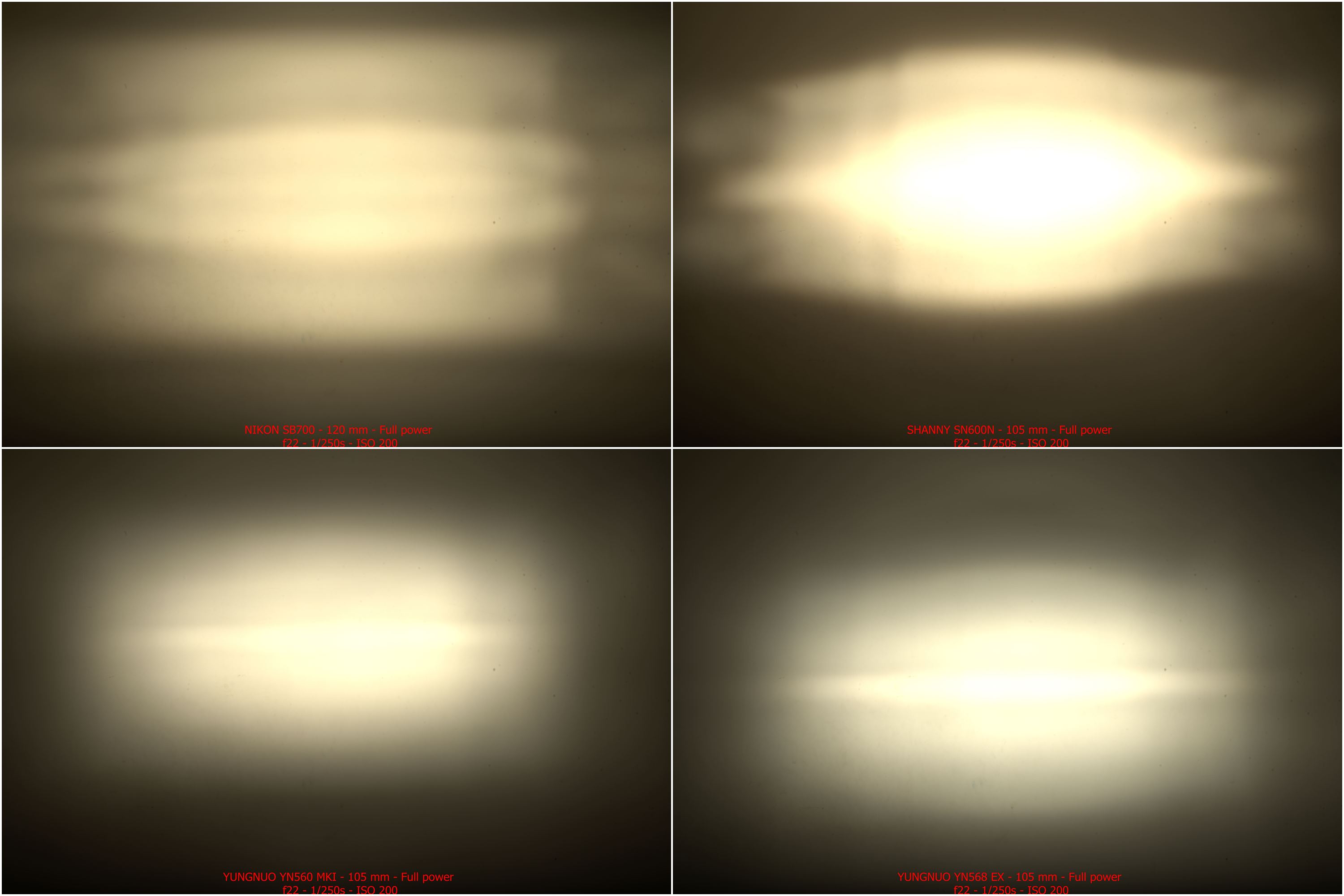
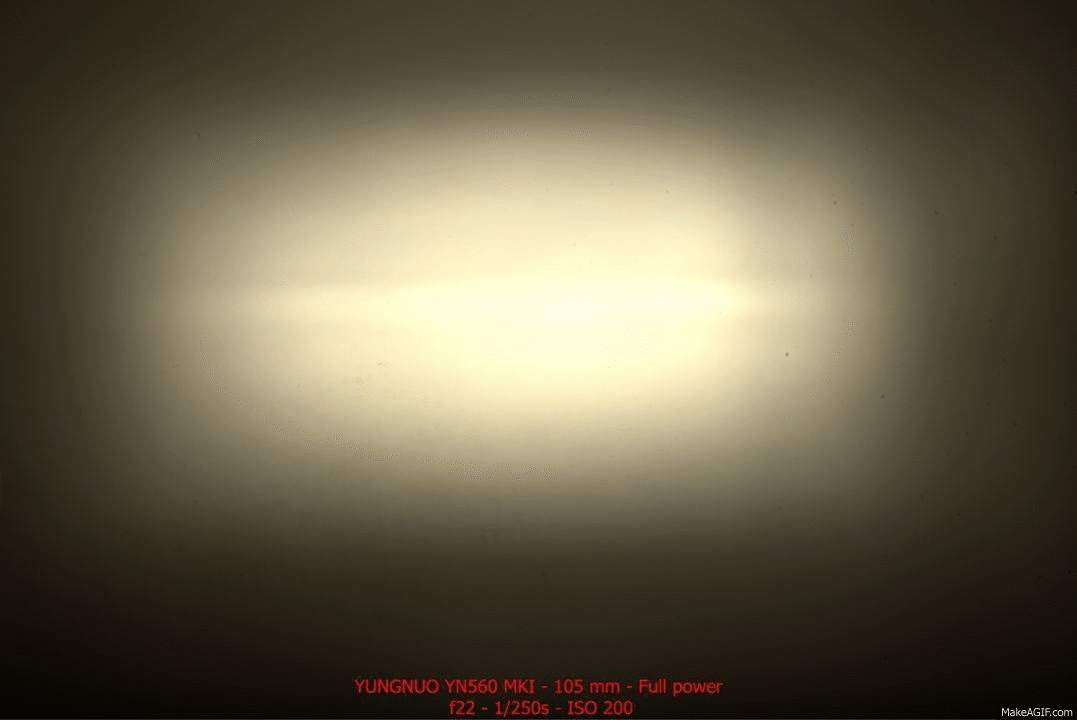
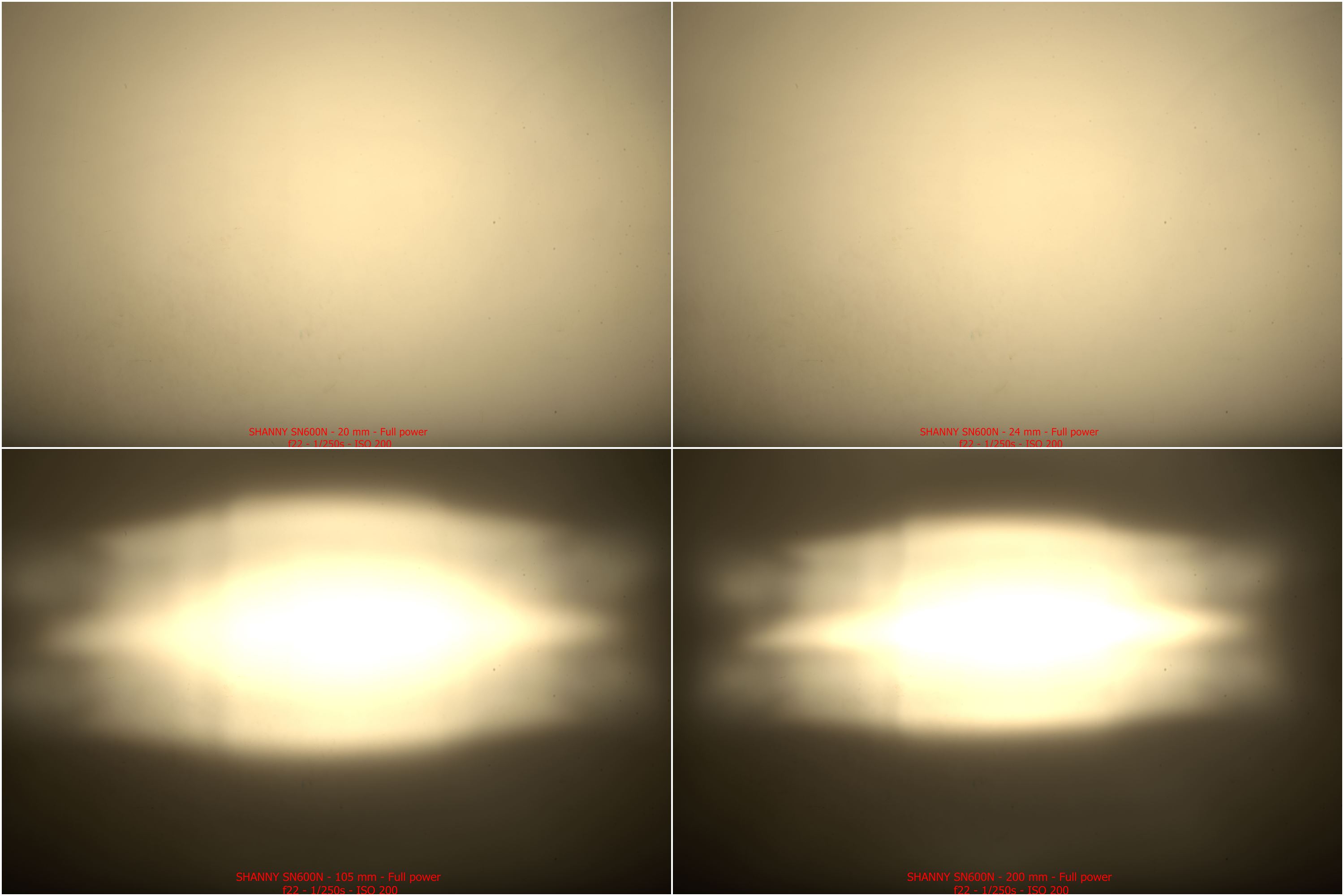
Leave A Comment